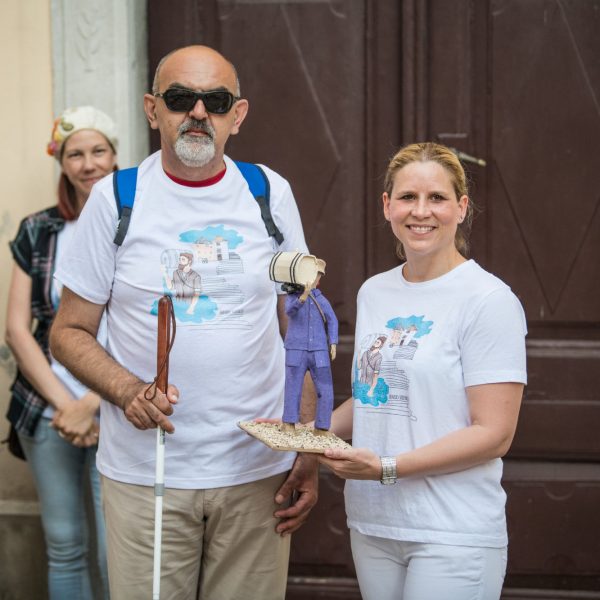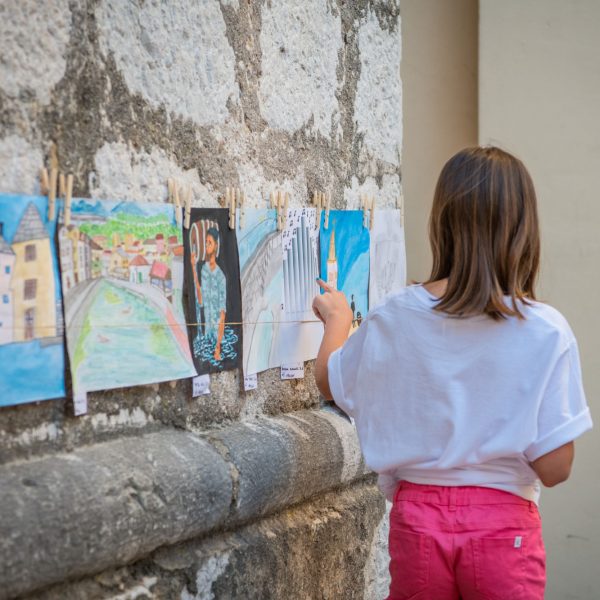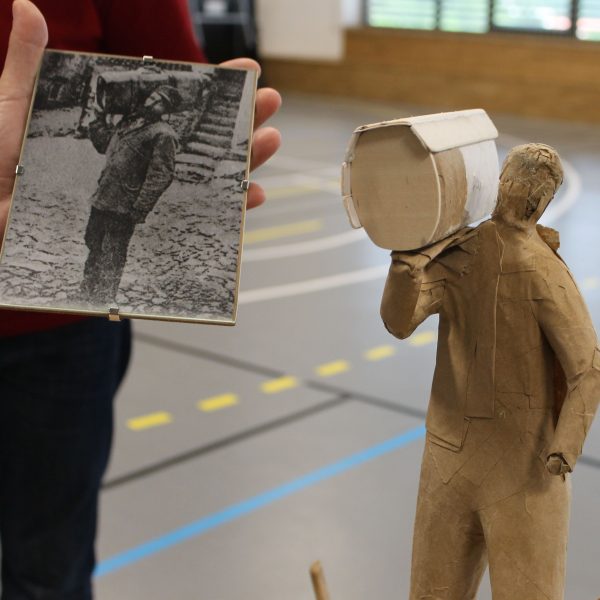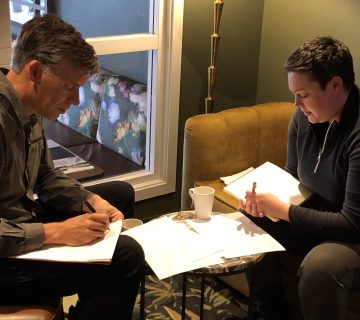Can interpretation help inclusivity? A project in Bakar puts theory into practice with the help of an unusual historical personality.
“It is only with the heart that one can see rightly…”
We often refer to the famous Little Prince line by Antoine de Saint-Exupéry, when trying to understand or explain interpretation. The phrase has become more tangible than ever in the Croatian town of Bakar this year. The Bakar Tourism Board managed an interpretive project, guided by the quote as its main theme.
I am taking this opportunity to write about it during the year of Interpret Europe’s initiative, ‘Recreating tourism through heritage interpretation’. It’s also a year when UNWTO inspired everyone in the tourism field to highlight the topic, ‘Tourism for inclusive growth’. This project is an example of both.
The project puts a personality from the past in the spotlight for nothing else but his simple wish and extraordinary attempts to lead a regular life. The project core was publishing an illustrated book and an audiobook dedicated to an underdog of Bakar’s history, Ivan Čop, a water carrier from the 19th century. The final result, a book called Kamenčići od suza (Small stones made of tears), was presented on 30 November in Bakar.
If you ever visit Bakar, you will have to stop to catch your breath on your way up to the old town. Imagine going up all those steep stairs carrying a barrel with 45 litres of water (plus the weight of the barrel)! Over and over again in a single day. The experience would pretty much feel the same as it did to Ivan Čop. Now imagine doing it with your eyes closed – Ivan Čop was blind.
His life story is an inspiring tale about endurance and resourcefulness. However, it doesn’t have an ending that would wrap it up in a perfect cellophane package. It’s the end that offers those who don’t experience physical limitations, a true lesson. I will keep you in the dark with it, and leave you to wait for the English edition to come out. You will then learn the full story of Ivan Čop.
The process of creation of the book is what makes it a true interpretive community project. Hopefully, it will strengthen the mindful roots of further destination development.
Book illustrations and the entire text are the work of dozens of children from Bakar and Hreljin elementary and middle schools. With the help of their dedicated teachers, they participated in workshops that led them to their final creations. Emil Mandarić, president of the association of the blind of the region, helped them understand how people with impaired sight function in their everyday life. I held a set of workshops on interpretive content creation. The children took their tasks and our gentle guidelines seriously. They described Bakar and locations of the watercarrier’s daily route by using everything except what you can see.
Local experts, led by Sonja Jelušić Marić, the manager of the tourism board and an IE certified interpretive guide (CIG), gathered, too. The team of Creative Media made the audiobook and the website, and Ivona Miloš, also a CIG, designed the illustrated book. Public bodies and the business community stepped in, too, and showed support through financial help. There were some other additions to the project. For instance, Melina Lazanja exhibited water-carrier-inspired souvenirs in her gallery. Overall, almost 100 people participated one way or another.
Even though there is no translation in English yet, I invite you to listen to the audiobook and feel the emotion in the childrens’ voices: https://www.tz-bakar.hr/bakarski-vodonosa/
As for Ivan Čop… His sensitive hearing helped him pick up foreign languages from sailors and others who arrived in Bakar from far away towns. His language skills helped him show the travellers around the labyrinth of streets that he knew how to navigate best. You could call him the first guide of Bakar! Interpretive guide? He’s definitely an interpretive guide these days with his role in this project. There is also an old postcard from Bakar that shows Ivan Čop. It turns out that Ivan was a part of the tourism offer long before tourism had a name! He worked in tourism long before anyone promoted inclusivity in that field.
At the time when we started the project, schools were under lockdown due to the pandemic. The school year was coming to an end. It seemed impossible that we would ever be able to organise the workshops, and then find the time to work on content! But children and their teachers, when they immersed themselves into Ivan’s story, simply didn’t know of limitations. All of us who participated emerged from this project a bit stronger and more confident. We all hope that everyone who comes in contact with the final product will feel some of those sensations as well.
Ivan Čop, from 150 years’ distance, helped us understand that things are more possible than any of us perceives. Oh, and he also reminded us of this:
“…what is essential is invisible to the eye”.
Iva Silla is the author of Secret Zagreb walking tours (www.secret-zagreb.com) and the Croatia Underrated podcast (www.croatiaunderrated.com). She is an experienced Interpret Europe Certified Interpretive Trainer. Contact her at: iva@questoftales.com
Contact Bakar Tourism Board for more information about the project: info@tz-bakar.hr
To cite this article: Silla, Iva (2021) ‘Invisible to the eye’ in Interpret Europe Newsletter 4-2021, pg.22-23
Available online: https://interpret-europe.net/wp-content/uploads/2021/12/Newsletter-Winter-2021.pdf






